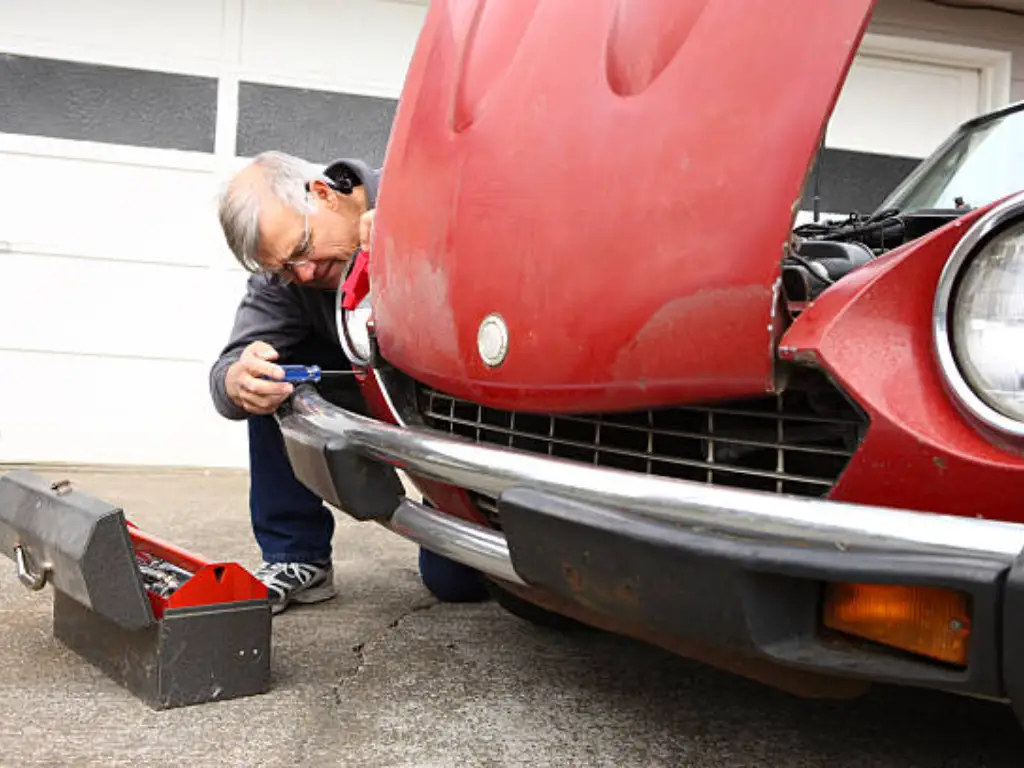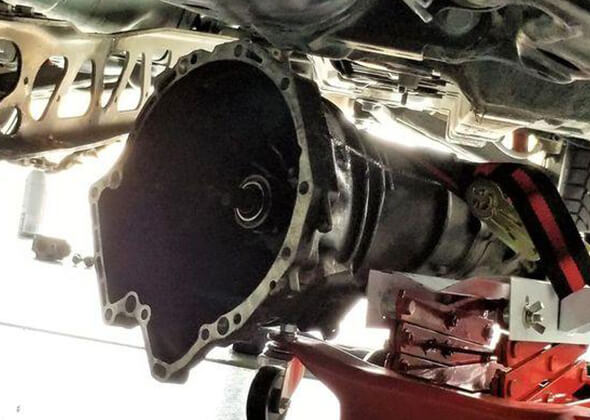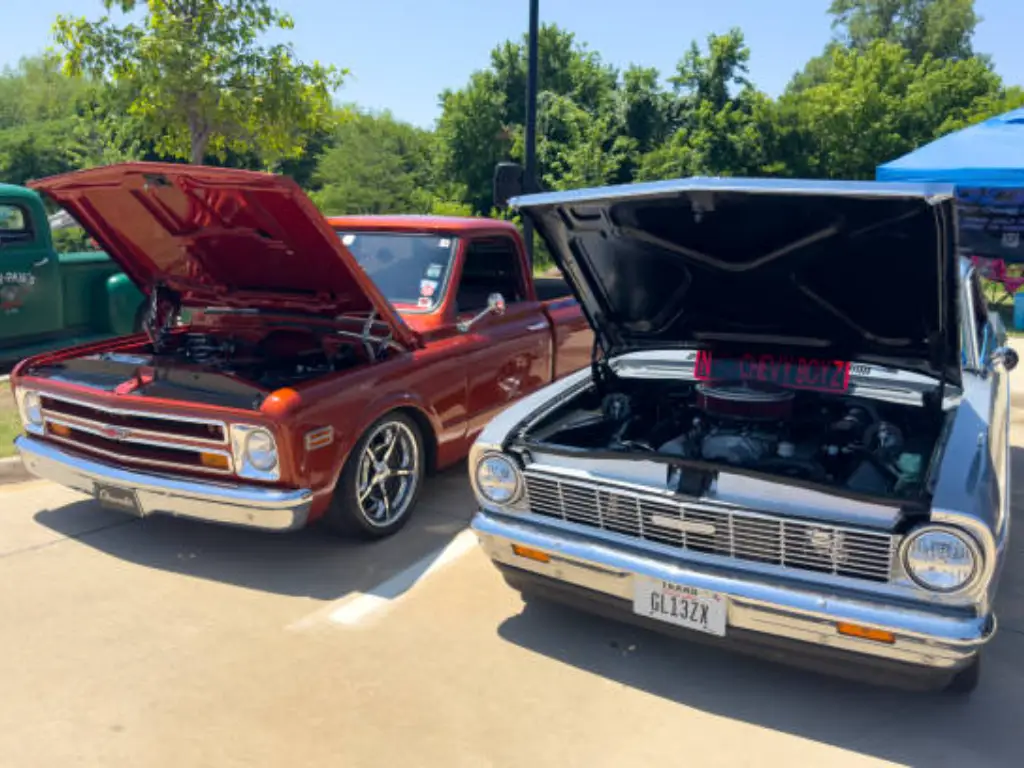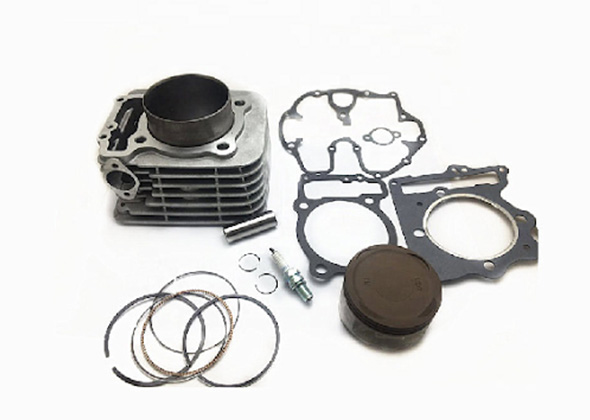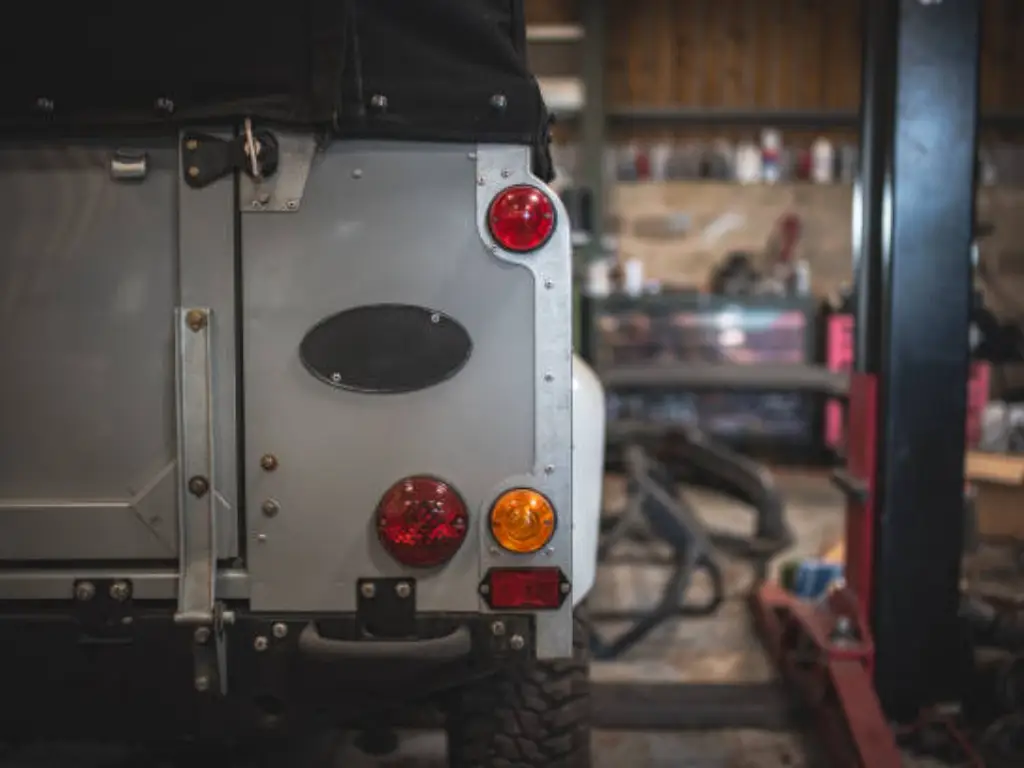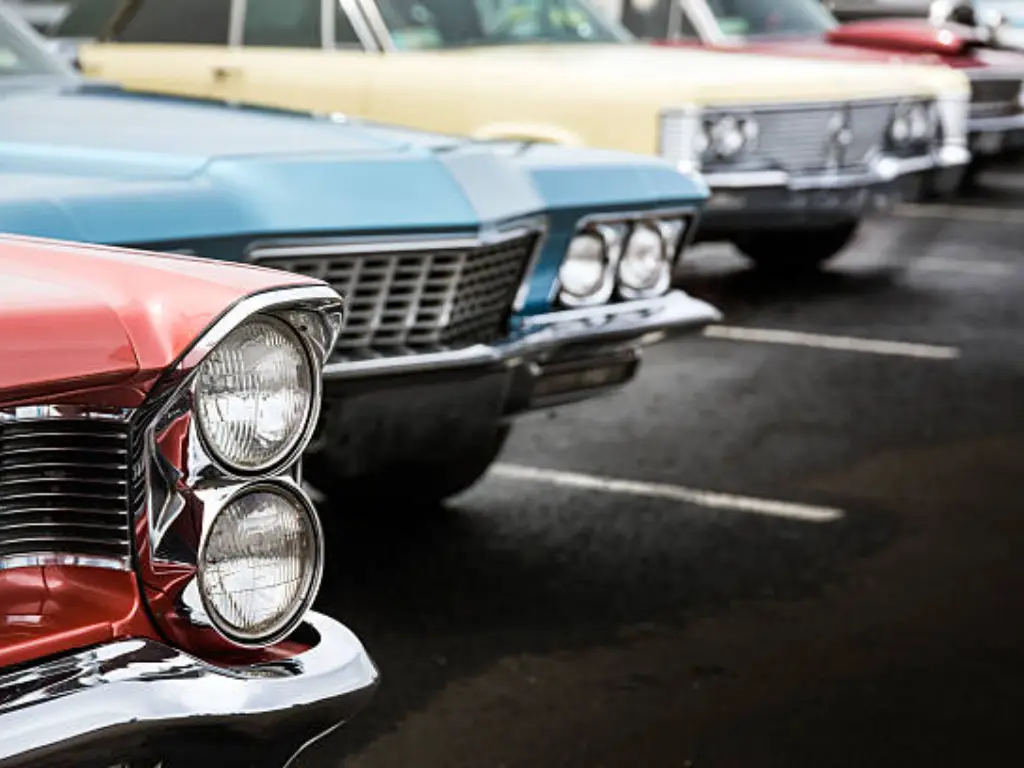
Introduction
At some point in the lifespan of a car, it goes beyond being simply old and achieves the sacred status of classic. It is a conversion of an asset that decreases in value to a ride of rolling history, a store of nostalgia, and a favorite investment to some people. This is the old to gold journey. Yet what then is the impetus behind this transformation? Is it a birthdate? Brick threshold passed?
Have you ever looked at a very well-maintained vehicle of another era and asked yourself, “Is that a classic?” You have put a pair of questions with the most astonishingly complex answer. The definition of the term classic car varies. What it means varies with the expert you consult–a government official, an insurance agent, or an experienced collector, and also with the purpose of inquiry. Some have actual distinction so that only certain models of classic cars are included, whereas others encompass a wider range of such cars because of condition, rarity, or sentimental value.
This is the ultimate guide that will debunk the mysticism behind classic cars. We are going to discuss governmental definitions, insurance estimations, and even subtle distinctions that fans love to argue about. What is more important, we will bypass the figures and see what really makes a car a classic gold and whether you can drive your little piece of history on the road daily or not, which is a critical question to any owner.
The Simple Answer Isn’t So Simple: Why There’s No Single Definition
Mainly, the reason behind the confusion regarding the term classic car is the lack of one simple, internationally defined legal or technical criterion. The age limit is an erratic goal, which depends on culture, regulation, as well as business.
In one of the states of the USA, a car aged 25 years may get classic license plates, whereas in the UK, the very same car will be 15 years short of becoming a historic vehicle. An insurance company may give you a classic policy on a car that is 20 years old, whereas a prestigious car club may not count it as ” the traditional classic ” until it is older, a lot more in years of age and has a particular pedigree, or it is a part of a special category of classic car models.
This difference is rather varied since this word has various uses and both sides are prone to have their own definition of what can be classified as a classic.
- To Governments: As to the definition, it all has to do with regulating who is entitled to tax exemptions, low registration costs, etc., under the unmistakable classic car conditions such as age and originality.
- To the Insurers: It is risk analysis. The policies of classic cars are usually cheaper due to the assumption of insurers that the cars drive less and are maintained in perfect condition, as well as are placed in a safe place.
- To Collectors: It is heritage, scarcity, and history. The definition is linked with both the cultural influence of a car and its position in the history of automobiles.
Knowing these various classifications is the secret to knowing how to move through the world of classic cars and where to classify your vehicle.
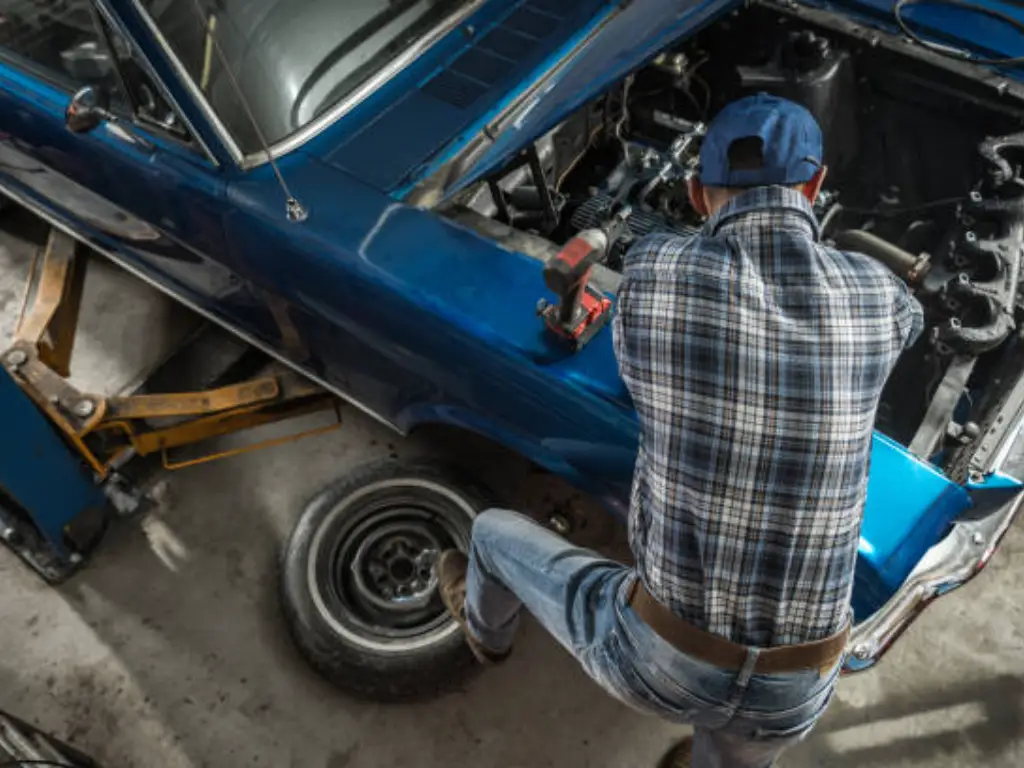
How Governments and DMVs Define a Classic Car
For legal purposes like registration and taxation, the most important definition is the one used by your local or national government. This is where age becomes a hard-and-fast rule.
In the United States: The Common 25-Year Rule (and Its Exceptions)
In the US, they do not have a federal definition of a classic car; that authority lies with individual states. There has, however, developed a general consensus upon reaching the 25 years mark. One of the largest and most reputable organizations in the country, Antique Automobile Club of America (AACA), clarifies that a classic is a vehicle ranging between 25 and 50 years of age.
This 25-year deadline has been used by most state Department of Motor Vehicle agencies (DMVs) to be given one of the terms, either Classic, Antique, or Historic license plates. For example:
- Texas provides Antique plates to vehicles 25 years old and older.
- According to Florida, an antique vehicle is a vehicle that was manufactured 30 years ago or older.
- California takes a more subtle stand that is offered by its “Historical Vehicle” plates that demand the car to be at least 25 years old and to hold some sort of historical interest.
You should always verify the DMV rules in your state, and there are exceptions. Such states as New York, to give one example, are more demanding with their vehicles having to be at least 30 years old in order to earn historical plates. Shipment of such plates frequently is accompanied by such benefits as permanent registration and exemption of safety or emissions inspection, but is normally partnered with limitations of use such as restricted driving except during parades, club activities, and the odd fun jaunt.
Across the Pond: The UK’s 40-Year Historic Vehicle Benchmark
The official definition in the United Kingdom is much more precise and strict. A car is referred to as a historic vehicle by the Driver and Vehicle Licensing Agency (DVLA) on 1st April of the year following the 40th anniversary of the car.
This is a date in perpetuity. As an example, a car produced in February 1984 would come into eligibility on April 1, 2025. This 40-year regulation is important in that it accords the vehicle two big advantages:
- Vehicle Excise Duty (VED) Exemption: The vehicle is exempt from the road tax.
- MOT Exemption MOT: The car is no longer obliged to pass each year MOT roadworthiness check; however, its owners have the legal responsibility to maintain the vehicle in safe, roadworthy condition.
This definition of 40 years of age is a clear cut-off point to the owners and collectors who are based in the UK, as these measures immediately affect the running costs of cars and their desirability as the vehicles reach this key milestone of age.
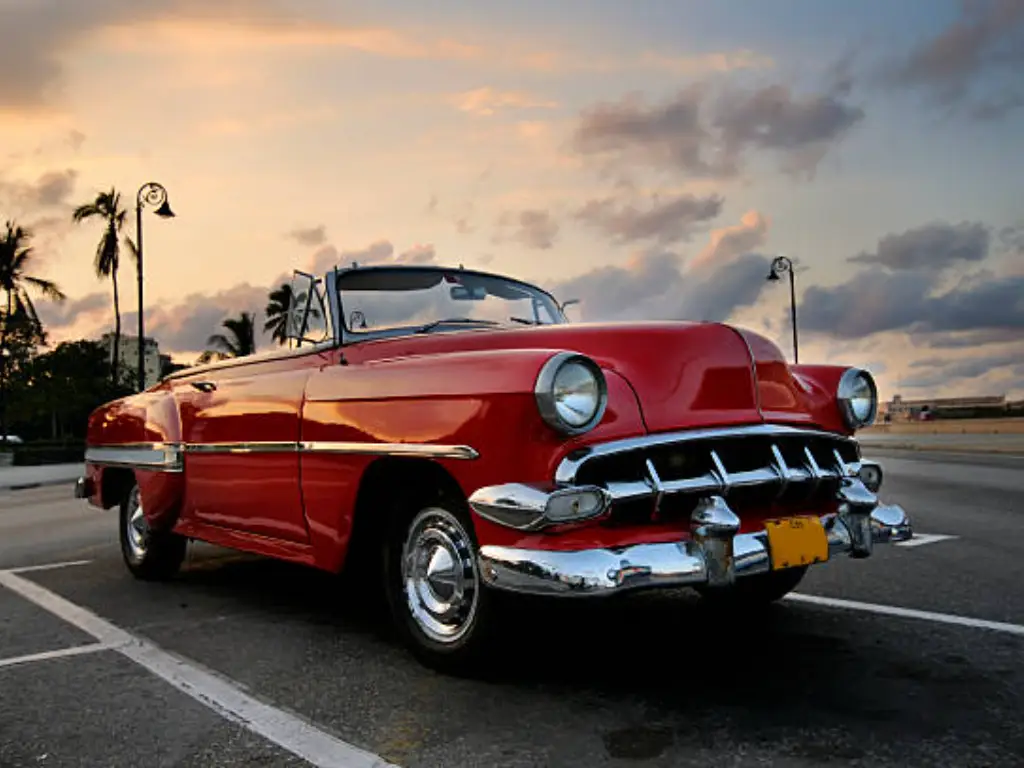
The Insurer’s Perspective: When Does Your Car Qualify for Classic Insurance?
For many owners, the most practical definition is the one used by insurance companies. Securing a classic car insurance policy can result in significantly lower premiums—often 40-50% less than a standard policy—because the insurer is underwriting a lower risk. To most owners, the most feasible definition is that of the insurance companies. Insuring a classic car can save a tremendous amount of money on insurance premiums, especially 40-50 percent less compared to a typical policy, since an insurance company is insuring a less risky venture.
In most cases, the insurance companies are not strict on their age threshold like the government. The most usual entry point is 20-25 years. Age, however, is only part of the formula. You and your car will generally have to fulfil a number of other standards to be eligible:
- Restricted Mileage: Annual Mileage limits with restrictive policies on most policies are usually around 2.500 to 7.500 a year so as to prohibit the usage as a daily commuter car.
- Safe Keeping: You have to demonstrate that the vehicle is being stored in a secure storage unit or a secure garage that is locked down.
- Good Driving Record: The main operator should possess a good record on the road.
- A Daily Driver: You must own and insure another vehicle for everyday use.
- Condition of the vehicle: The vehicle must be in good to excellent condition. A non-running, rusty car sitting in a field will not be accepted.
Even in future vehicles, specialist insurers, such as Hagerty or Grundy, can insure what is called a future classic; that is, a car new in the late 1990s or early 2000s which are considered collectible because of its rarity or performance lineage (e.g., a Porsche 911 GT3 or an Acura NSX). This proves that to the insurers: a car is classic both in the manner that it is operated and maintained, and not only in its age.
The Collector’s Corner: Differentiating Classic, Antique, and Vintage
Go into any car show, auction, or event owned by an enthusiast club and you will find the wording to be both more narrow and more technical. Even though they are frequently interchanged in informal language usage, the designations classic, antique, and vintage have different categories and definitions according to serious collectors.
A general rule applied by most national car clubs, including the Classic Car Club of America (CCCA) and the AACA, has minor variations.
| Category | Typical Age Range | Defining Characteristics & Examples |
|---|---|---|
| Vintage | 1919 – 1930 | Refers to cars from the “Vintage Era.” These vehicles marked the transition from rudimentary horseless carriages to more sophisticated automobiles. Examples: Ford Model A, Cadillac V-16, Bentley 4½ Litre. |
| Antique | 45+ years old | A broad category for cars that have surpassed the typical “classic” age. They are often subject to specific registration rules and are prized for their historical significance. Examples: 1957 Chevrolet Bel Air, 1965 Ford Mustang, 1972 Jaguar E-Type. |
| Classic | 20 – 45 years old | This is the most widely used category, covering a diverse range of vehicles that are old enough to be nostalgic but often still practical enough for regular enjoyment. Examples: 1985 Toyota MR2, 1991 BMW M3, 1999 Mazda Miata. |
The Classic Car Club of America (CCCA) has an even more stringent definition of a “Full Classic™. They are regarded as an epitome in automotive design and engineering and include only fine or unusual foreign or domestic cars that have been produced in the period 1915 training course concise version 2015 and 1948. What this demonstrates is that the prestige and history of a particular item are sometimes even more vital than age itself within the collector community.
Beyond Age: What Truly Makes a Car “Classic Gold”?
The minimal eligibility age is merely the badge of membership in the classic car world. The difference between a classic, valuable, and old car, and a mere old car is a collection of intangible qualities. This is where the story and condition of the vehicle becomes special.
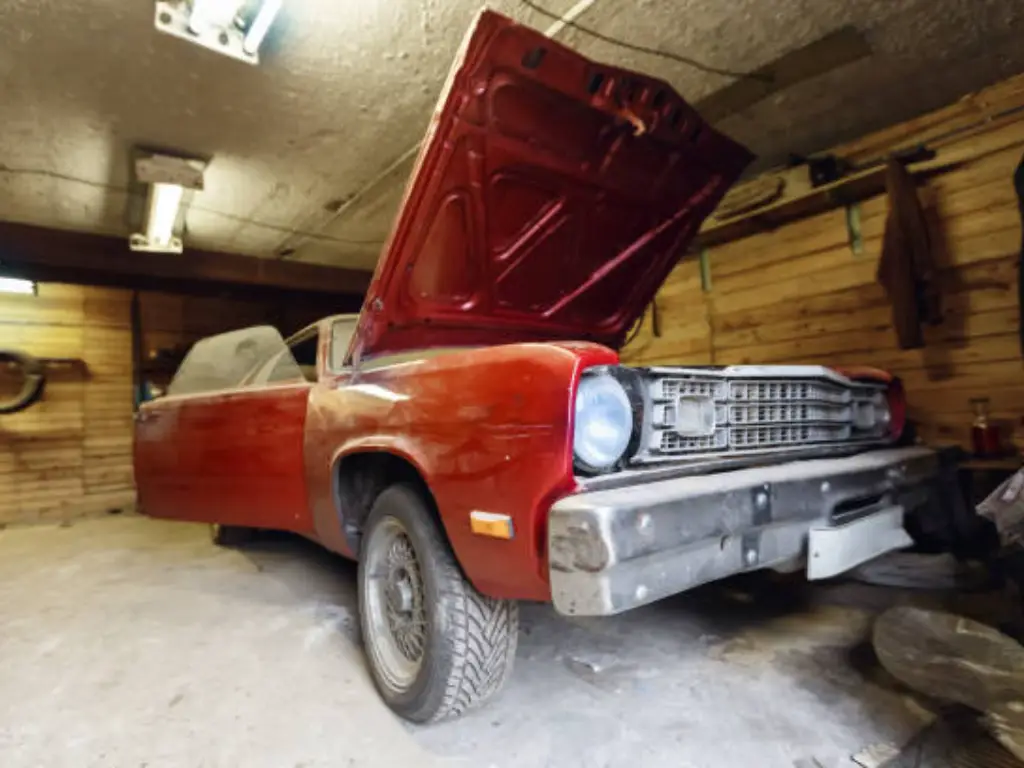
The Critical Role of Condition, Originality, and Authenticity
The minimal eligibility age is merely the badge of membership in the classic car world. The difference between a classic, valuable, and old car, and a mere old car is a collection of intangible qualities. This is where the story and condition of the vehicle becomes special.
The Essential Role of Condition, Originality, Authenticity
None of these aspects of non-age-related factors is more significant than the condition of a car and its fidelity to its original state after leaving the factory. A nearly-mint, low-mileage 1989 Porsche 911 is a blue-chip classic with a large price to it. The former model matching a worn-out engine, custom paint job, and a custom interior is simply an ancient sports car with a very long list of needs.
This is the reason why the restoration quality is not negotiable among those who are serious enthusiasts. That factory-fresh authenticity demands that the parts not that they be functional, but also dimensionally and materially correct. The difference between a set of chrome bumper fittings and a dash with the wrong grain of plastic can really devalue the car and its place among other judges and other collectors. It is the commitment to originality that really frees a vehicle.
This is the principle that drives us at Sunway Autoparts, being a specialist unit firm manufacturer of classic auto parts since 2007. We know that in the case of a large number of vehicles that were produced in the mid-1920s up to the late 1990s, our needs are spread over an extensive variety of makes of vehicles, such as Ford, Chevrolet, Pontiac, and Dodge. The production of original parts ceased long ago. This renders the restoration process to be completely reliant on availability of high-fidelity components. We enable owners to do more than repair their cars by using contemporary design methodology to re-engineer the parts in such a manner that they represent a respectful acknowledgement of the original engineering. We are the ones who give the tools to ensure a legacy, to have every little bit in the right place. The ownership itself, this kind of commitment, is what will actually get owners to turn their cars into what most people call a classic gold.
Other reasons that a car becomes classic are:
- Rarity: Did it make it a limited production model?
- Desirability: Is it cool? Is it a symbol of its times?
- Motorsport Heritage: Has it raced successfully?
- Historical Significance: Has a new technology been presented or an innovative new design?
A well-maintained vehicle that checks off cars listed in this category goes to the classic hall of fame.
Conclusion: Can I drive my classic car daily?
Once you twist and turn your way through the definitions and have enjoyed the arts of a classic, the last practical question arises: Can you or should you use your own classic vehicle as a daily driver?
The technical response would be, yes, you can. But the practical response is no, it is largely not advised. Classic car on daily use puts it in danger of dealing with issues it was not made to ward off in the contemporary world: stop-and-go traffic, reckless drivers, inhospitable weather conditions, and previously present Parking slot dings. Worse, on a daily basis, it will result in non-compliance with the conditions of classic car insurance, and thus annul your savings and may cause problems with the value of the vehicle in the future.
The safety features such as airbags, anti-lock brakes (ABS), and crumple zone are not provided in classic cars, and the cars are much less safe in a crash. They are also older in engineering and so need more hands-on maintenance compared to a modern car.
The best thing would be to view your vintage car as a prized item to be used on special occasions. Hang it on the weekend, bring it to car shows, participate in a club to make scenic drives, and have the raw experience of driving in this car. This keeps it well maintained, keeps its value high, and makes it such that each time you drive it and hop behind the wheel, it becomes such an occasion and such an experience; it is truly the meaning of owning a jewel in a car.

